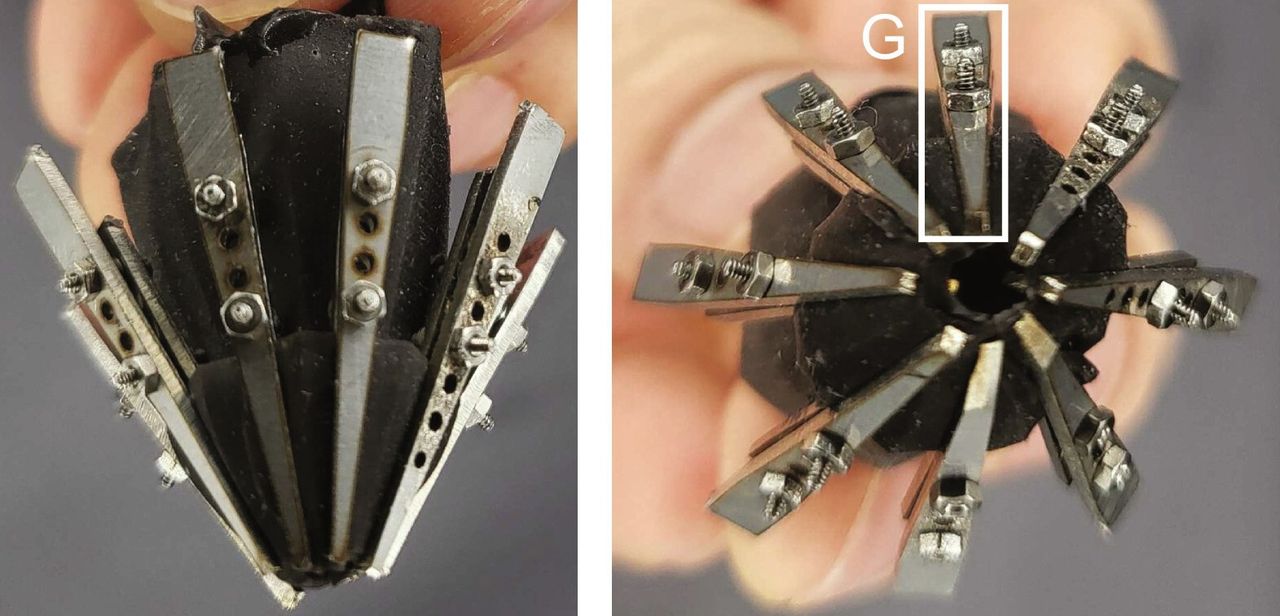
Researchers have developed an unusual “adaptive nozzle” for 3D printing.
Many 3D print processes use a nozzle to deposit material, and they all have a problem: the nozzle is of fixed diameter. This means that you can have a small nozzle that can achieve high resolution, but slow printing, or a fat nozzle that can achieve high speed, but cannot resolve details.
This conundrum has led to a variety of solutions in the industry, including the “quick swap nozzle” concept where operators can make a change to the machine quickly if printing an object that requires a different speed or resolution.
There’s also the multiple toolhead concept, where a larger and small diameter nozzle are installed on each head. These would be used when appropriate during a print job to print different portions of the object with the right tool. However, that approach is expensive because there are multiple toolheads.
Enter “AN3DP”, or “Adaptive Nozzle 3D Printing”. In this research concept, the nozzle can actually change diameter on the fly.
How is this done? They’ve designed a nozzle that has a series of pins that extend or retract. These are attached to a flexible membrane that widens or narrows, and provides a smooth surface for material flow. The diameter can be changed by up to 3.3X due to the flexibility of the membrane.
For now the AN3DP is compatible with several direct in writing (DIW) 3D print processes, including bioprinting, ceramics, food, etc. The ability to change diameters could be of particular interest to bioprinters.
But could AN3DP be used for higher temperature FFF 3D printing? The researchers believe so:
“The current nozzle membrane is built from materials capable of withstanding over 200°C, which could be further increased. Consequently, it may be integrated with FFF to process materials requiring heated environments, such as thermoplastics.”
The concept is quite intriguing. Imagine an FFF version of AN3DP: you could print far more quickly by expanding the nozzle for interior portions and reducing it for exterior details, for example. I imagine there could be all manner of advanced workflows that would be controlled by software.
On the other hand, I see some challenges to this approach.
First there is cost. AN3DP requires FOUR stepper motors to operate the nozzle pins, which basically doubles the number of motors in a FFF device. That would add considerable expense.
Secondly there is the complexity. With many more moving parts involved, there is quite a bit more opportunity for issues to arise, both in software and hardware.
Finally, there’s the maintenance issue. As someone that’s experienced multiple FFF 3D printer jams and overflows, I cannot imagine the difficulty in picking off stray plastic off an AN3DP hot end. It’s probably more likely that the hot end could be destroyed by an overflow, and that would lead to a greater cost to replace it.
Nevertheless, the adaptive nozzle concept seems worthwhile. It may be that there is an alternate design that might be more sturdy and appropriate for use in FFF 3D printing.
Via Science Advances (Hat tip to Tuan)
